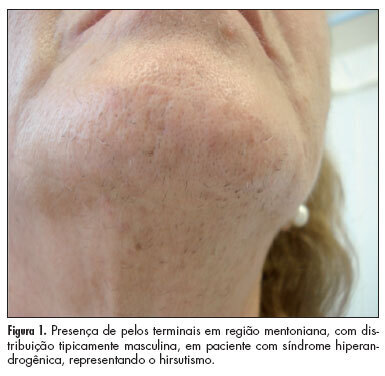You searched for:"Homero Gonçalves Júnior"
We found (2) results for your search.Summary
Revista Brasileira de Ginecologia e Obstetrícia. 2020;42(3):146-151
To investigate the association between genetic polymorphisms in candidate genes or candidate regions and the development of endometriosis in Brazilian women.
A total of 30 women between 25 and 64 years old with a diagnosis of endometriosis participated in the present study, as well as 30 matched control women from the same age group, asymptomatic and without family history of the disease. The patients genotypic and allelic frequencies of polymorphisms in the GREB1 gene (rs13394619) and in the intergenic region at position 7p15.2 (rs12700667) were analyzed and compared.
There was no significant difference in the frequency of genotypes for the A > G polymorphism (rs13394619) in the GREB1 gene between the two groups. However, the distribution frequencies of the genotypes for the A > G polymorphism (rs12700667) in an intergenic region on chromosome 7 were different for control patients and for patients with endometriosis, with higher frequency of the AG genotype compared to the GG between patients with the disease (odds ratio [OR] = 3.49; confidence interval [CI] = 1.47–8.26).
The present study suggests that the polymorphism in the intergenic region of chromosome 7 is associated with the risk of developing endometriosis in a population of Brazilian women from Juiz de Fora.
Summary
Revista Brasileira de Ginecologia e Obstetrícia. 2011;33(8):214-220
DOI 10.1590/S0100-72032011000800008
ABSTRACT Hyperandrogenic syndromes include diseases that manifest through an increased biological activity of androgens and that can originate from neoplastic or functional diseases. Androgen-secreting ovarian tumors represent about 1% of ovarian neoplasias. Steroid cell tumors are among the more rare types which account for less than 0.1% of all ovarian tumors. They are usually benign, of small dimensions and unilateral. We report here a rare case of a unilateral steroid cell tumor. A 60-year-old woman was seen after four months of evolution of hirsutism, clitoris hypertrophy and elevation of serum estradiol levels. Her total testosterone and 17-OH-progesterone levels were also increased.
